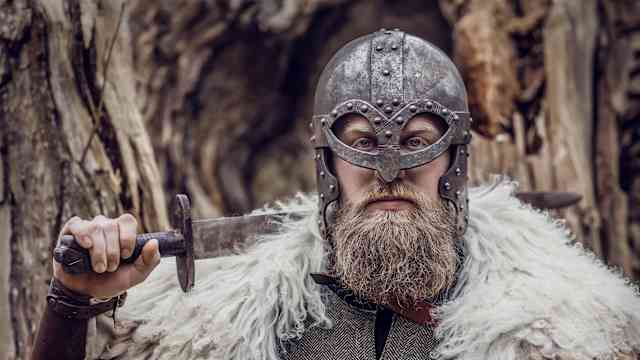On a sunny winter day some three centuries ago, British warships fired their cannons in celebration as Lieutenant Robert Maynard sailed up the James River upon his return to Virginia. Any questions as to the success of his covert mission to subdue one of history’s most notorious pirates were answered at the sight of the pungent trophy dangling from the bowsprit of Maynard’s ship—the severed, decomposing head of Edward Teach, better known as Blackbeard.
It was only months earlier that Blackbeard had vowed to abandon his life as a sea bandit. Just weeks after striking fear throughout the American colonies by blockading Charleston, South Carolina, with his four-ship flotilla in May 1718, the pirate traveled up the Atlantic coastline to the North Carolina capital of Bath and pledged to give up his plunderous ways while appealing to Governor Charles Eden for a King’s Pardon.
No sooner had Eden granted the royal pardon than Blackbeard returned to his high seas treachery. Near Bermuda in August 1718, the pirate and his crew captured two French ships laden with cocoa and sugar. Returning to the North Carolina capital, Blackbeard claimed to have found one of the vessels abandoned at sea and convinced Eden to declare it a wreck, effectively giving the pirate rights to its contents.










